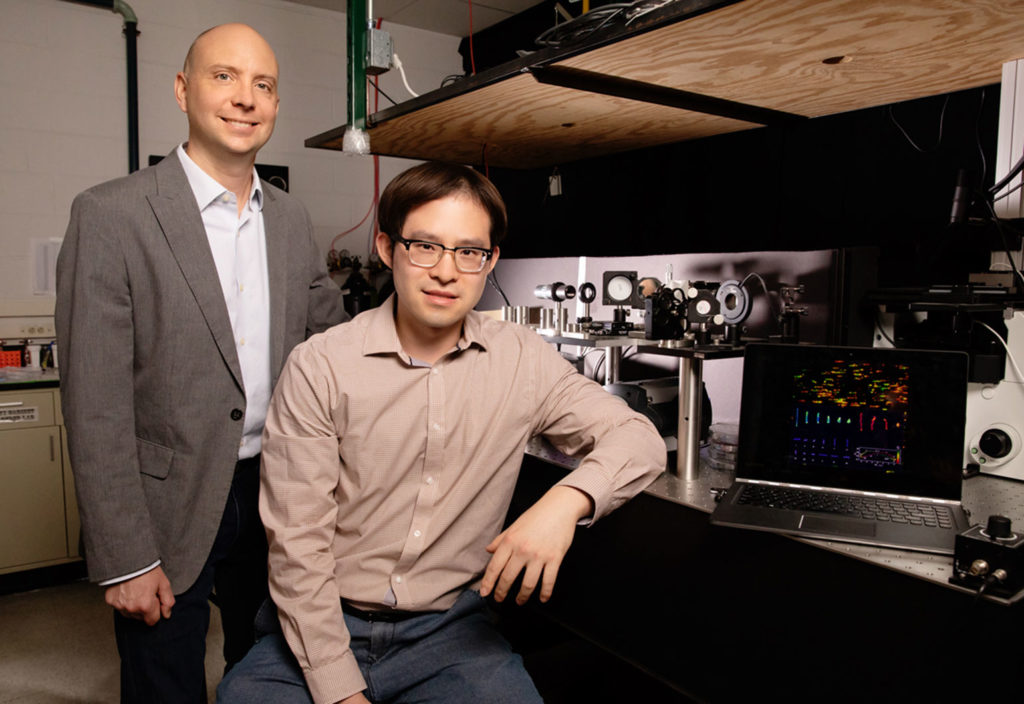Ring polymers have potential as sustainable materials that disintegrate on demand. In order to put them to use, engineers are working to understand their behaviour at a molecular level.
Most plastics used in products and packaging are made from polymers whose molecules have a linear structure. But polymers whose molecules form closed rings could be a more eco-friendly option; if a single break is made in the ring, the molecular structure falls apart, causing the plastic to disintegrate.
One example is cyclic poly(phthalaldehyde) (cPPA), which can disintegrate on demand using heat or a chemical trigger.
But it is difficult to manufacture materials out of ring polymer molecules without some linear molecules getting into the mix. Therefore, researchers have been working to understand how linear polymer contamination changes the material’s properties and why.
A team based at the University of Illinois in the US has made progress in this quest by observing a phenomenon called ‘threading’ for the first time. This involves linear molecules threading themselves through ring molecules when a polymer containing both molecular structures is placed under stress.
The researchers found that threading had a significant influence on how the ring molecules changed shape as the material is stretched and strained.
According to researcher Yuecheng (Peter) Zhou, threading took place even at very low concentration of linear molecules.
“This suggests that it only takes a very minute level of contamination to cause this phenomenon,” he said in a statement.
Drilling down to molecules
Zhou said researchers have theorised about threading for some time due to shape changes in ring and linear polymer blends that are not observed in pure ring or linear materials, which vary with the concentration of linear polymers.
However, the researchers said this was the first time threading had been seen in action.
According to chemical and biomolecular engineering Professor Charles Schroeder, the University of Illinois team achieved this milestone by using single-molecule fluorescence microscopy to observe the behaviour of single molecules, rather than measuring the “bulk-scale” properties of the material as a whole.
“Bulk studies typically mask the importance of what is going on at the smaller scale,” Schroeder explained.
Schroeder and Zhou’s research paper, published in Nature Communications in April, stated that they observed “strikingly large” shape changes in ring molecules even after they had stopped stretching the material. The results of their study suggest this happens due to linear polymers threading in and out of ring chains that stretch open as the polymer flows.
While there is more work to do, the researchers said every new piece of knowledge is important in the search for more eco-friendly plastics.
“To make pure ring polymer plastics a reality, we need to understand both mixed and pure solutions at a fundamental level,” Schroeder explained.
“Once we can figure out how they work, then we can move on to synthesising them and ultimately how to use them in sustainable consumer plastics.”
